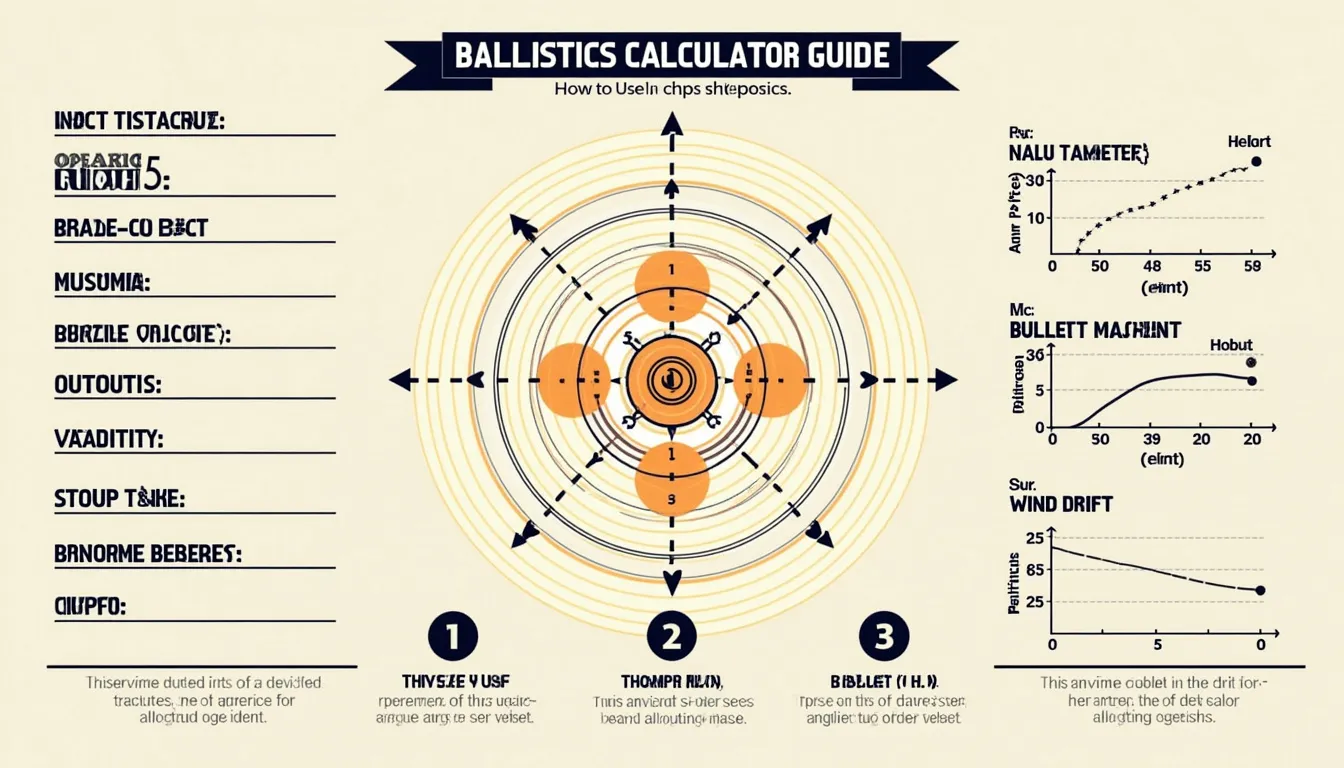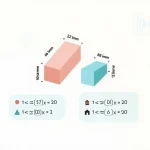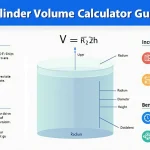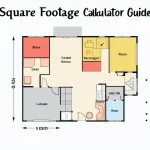Ballistics Calculator
Calculating...
Is this tool helpful?
How to use the tool
1 — Enter bullet data
- Bullet Weight (gr): e.g., 168 or 200.
- Bullet Diameter (in): e.g., 0.264 or 0.452.
- Ballistic Coefficient: 0.290 (varmint) or 0.615 (long-range).
- Drag Model: pick G1 (flatbase) or G7 (boat-tail).
2 — Add firearm parameters
- Muzzle Velocity (ft/s): 2550 or 3100.
- Zero Range (yd): 50 or 225.
- Sight Height (in): 1.2 or 2.0.
- Shooting Angle (°): −10 (downhill) or 12 (uphill).
3 — Record environment (optional)
- Temperature (°F): 20 or 95.
- Pressure (inHg): 28.90 or 30.25.
- Humidity (%): 15 or 90.
- Wind Speed (mph): 3 or 18.
- Wind Angle (°): 0 (headwind) or 135 (oblique).
4 — Formulas used by the JavaScript tool
The demo script simplifies exterior ballistics:
- Drop: $$\text{Drop}(d)= -0.0001\,d^{2}$$
- Velocity: $$v(d)=v_{0}-d$$ where (v_{0}) = muzzle velocity.
- Energy: $$E(d)= rac{0.5\,w\,v(d)^{2}}{450240}$$ with weight (w) in grains.
- Wind Drift: $$W(d)=0.0002\,d^{2}\,v_{\text{wind}}$$
5 — Worked example
Inputs: 200 gr, 0.308 in, BC 0.530 (G7), 2700 ft/s, zero 100 yd, wind 12 mph @90°.
- At 300 yd: Drop = −9.0 in.
- Velocity = 2400 ft/s.
- Energy = 2560 ft-lb.
- Wind Drift = 2.2 in.
Quick-Facts
- Standard G1 velocity bands assume a form factor of 1.0 [Berger Bullets FAQ].
- Air density falls ≈ 3% per 1 000 ft elevation gain (FAA Pilot’s Handbook, 2021).
- Gyroscopic stability factor > 1.4 recommended for accuracy (Miller, 2009).
- SAAMI maximum pressure for .308 Win is 62 000 psi [SAAMI Z299.4-2023].
FAQ
What is ballistic coefficient?
Ballistic coefficient (BC) expresses a bullet’s ability to overcome drag; higher BC retains velocity better (Litz, 2014).
How does wind angle change drift?
Drift equals full value at 90°; multiply by sine of the wind angle for other bearings (Applied Ballistics, 2022).
Why pick G7 over G1?
Boat-tail bullets match the G7 reference shape, giving ±2 % drop error to 1 000 yd, versus ±5 % with G1 (Bryan Litz, 2016).
How do I measure sight height?
Measure from bore centerline to optic center; typical AR-15 height is 2.6 in (Magpul Armorers Manual, 2020).
What environmental factor matters most?
Pressure changes bullet drop nearly 1 MOA per 1 000 ft altitude shift (USMC Scout-Sniper Course, 2019).
Can the simplified formulas replace full solvers?
No; they ignore drag curve shifts at Mach transitions, reducing accuracy beyond 600 yd (Lapua Ballistics Guide, 2023).
How often should I re-zero?
Re-zero whenever ammunition, altitude, or seasonal temperature changes by > 20 °F (Hornady Handbook 11th Ed., 2022).
What unit conversion should I remember?
1 mil equals 3.6 in at 100 yd, useful for quick holdovers (NRA Instructor Guide, 2021).
Important Disclaimer
The calculations, results, and content provided by our tools are not guaranteed to be accurate, complete, or reliable. Users are responsible for verifying and interpreting the results. Our content and tools may contain errors, biases, or inconsistencies. Do not enter personal data, sensitive information, or personally identifiable information in our web forms or tools. Such data entry violates our terms of service and may result in unauthorized disclosure to third parties. We reserve the right to save inputs and outputs from our tools for the purposes of error debugging, bias identification, and performance improvement. External companies providing AI models used in our tools may also save and process data in accordance with their own policies. By using our tools, you consent to this data collection and processing. We reserve the right to limit the usage of our tools based on current usability factors.







